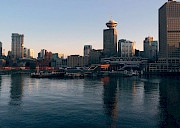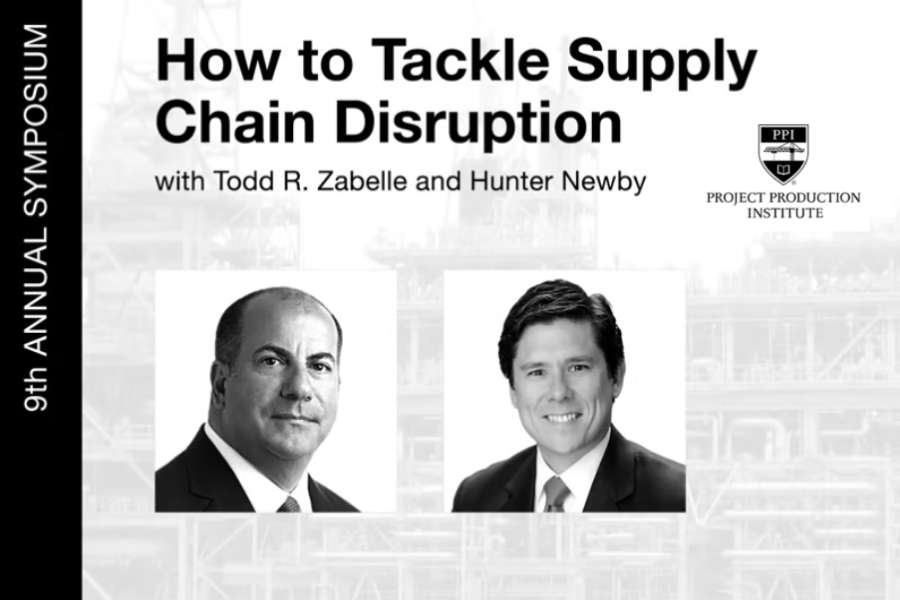Dark Fiber: Glut, or Drought?
January 1, 2012
Source: tmcnet.com
This article originally appeared in the January issue of INTERNET TELEPHONY magazine.
It is interesting to see how many people in the U.S. communications networking business are so conflicted when it comes to the topic of fiber infrastructure. Some still believe that there is a glut of fiber out there in America, although their numbers are dwindling, and that anyone can just go out in their yard, dig a hole and voila there is the fiber, open and free for all to connect to for any reason. Ah, blissful ignorance, what a blessing for those that do not actually need to get things accomplished.
At the same time, though, those very same people openly wonder why their mobile smartphone connections are slow and their service is inconsistent and unreliable. They speak of rural broadband access issues, as if it is in some far away, third-world land, but have no real plan to solve for the issues. If there were in fact a glut of fiber, essentially too much fiber in the ground everywhere, then wouldn’t these problems all be resolved. If there were a glut, how could there be a lack of access to broadband – fixed, or mobile?
In all fairness, there are a few places in major metropolitan areas and a few select interstate routes where there was an over-build of dark fiber from multiple providers, 10 years ago. Since then there has been a good bit of investment made in new dark fiber to keep up with demand in the metros, which means that the original cables were exhausted and new ones were required; but there has also been a healthy amount of mergers and acquisitions that have taken place. These corporate combinations have combined the fiber cables of once competing providers, which has resulted in the reduction or elimination of dark fiber availability in some cases. Again, these nuances only exist in certain high-density population areas in the U.S. The rest do not have the luxury of such problems, as they have no competitive dark fiber options to begin with.
Glut, drought, it is all a matter of location and accessibility. It is just like water. Some places have floods while others are having droughts. Why can’t the excess water in one place just be in another place where there isn’t any water? Is it logical to assume that if there is a flood in one place that there is too much water everywhere else as well? The logical answer is no. The blissfully ignorant might have differing opinion.
The concept of moving an abundance of water from a flooded area to an area in need of water is as worthy a cause as bringing dark fiber to areas without access to proper high-speed broadband – fixed, or mobile. Do not be deceived by the intentionally ignorant either. Today the minimum definition for proper broadband should be 10mbps to the home and 100mbps to the tower and not whatever the top speed that can be reached on old copper plant. Once the issue of ignorance is dealt with, getting the fantasy of a ubiquitous fiber glut transferred over to the reality of a fiber access drought all comes down to logistics, finance and time.
Edited by Tammy Wolf




